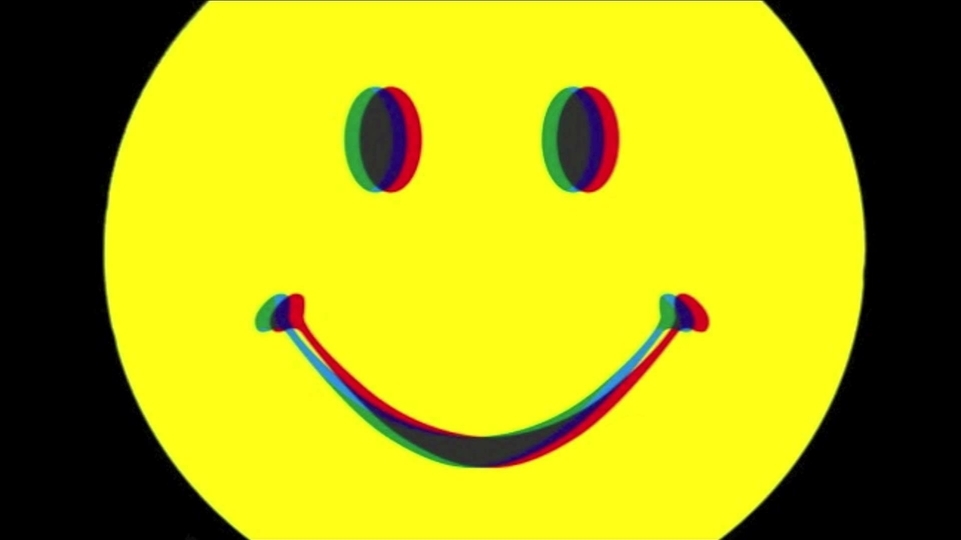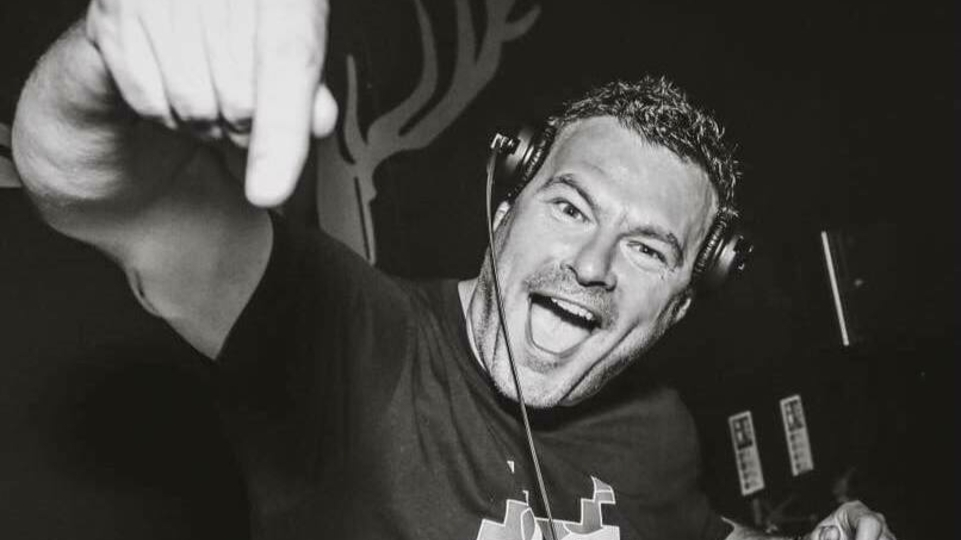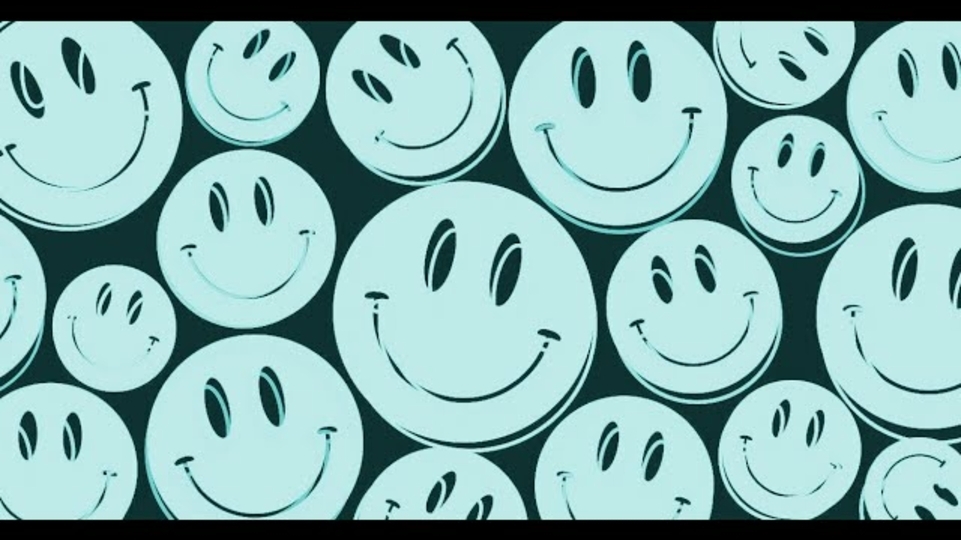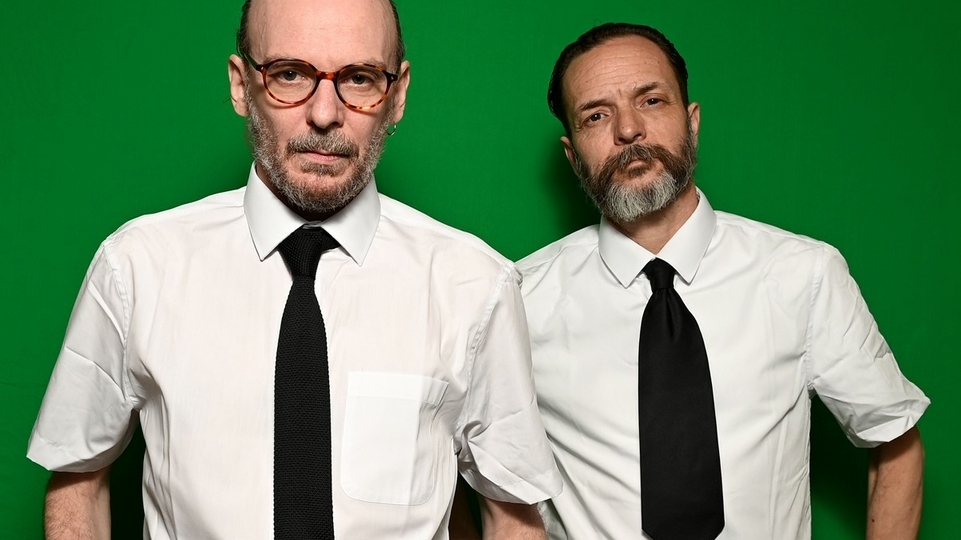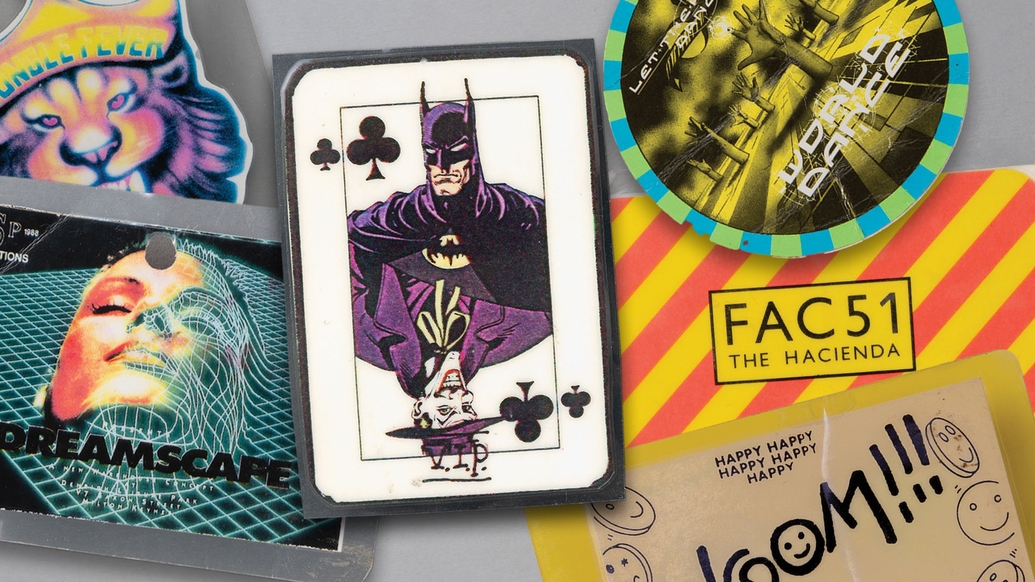
These acid house and rave membership cards are a window into UK dance music history
A new book collects the most prized of all rave memorabilia: the membership card. Filled with classic design work, it’s a window on a transformative era. Collector and compiler Rob Ford tells DJ Mag about how the project came together, while DJs and designers share their memories of the time
“It’s almost like drug dealing,” laughs Rob Ford, a 52-year-old author and music producer, who spends his evenings meeting strangers in car parks and exchanging cash for bags brimming with old skool rave memorabilia. “Meeting someone somewhere and buying a bag load of flyers off them. Occasionally there’ll be a membership card in there, too.”
What started as a hobby eventually transformed into an obsession. “I thought to myself, ‘nobody’s collecting these things’,” he recalls. “I ended up becoming a bit addicted to collecting the membership cards.” During the lockdown, the collection grew and grew, and so did Ford’s reputation as a collector. “I even got a bit of a name for myself,” he says. “It just became a thing, especially with lockdown, because it pushed so many people into their outdoor sheds and loft spaces. The next thing I knew, people started contacting me saying, ‘I understand that you’re the guy for membership cards’.”
Five years of this activity has resulted in a 432-page book — Members Only: The Iconic Membership Cards And Passes Of The Acid House And Rave Generations. The book is a treasure trove, containing over 500 pieces of original rave memorabilia. What’s really interesting is the diversity of the people who designed these pieces. What do we know about the different types of designers featured in the book? “I think basically you’ve got these two main categories,” Ford says. “You’ve got people who were just grabbing images out of magazines — the Dreamscape image itself, I think, was ripped from a 1984 science magazine.
“Some of the really iconic images were completely hacked off other stuff,” Ford continues, speaking to the DIY nature of how these events were promoted before the proliferation of the internet. “But then you had designers like Spectrum’s Dave Little, who’s professional and still doing that kind of work. And you’ve got designers like Pez [who worked on designs for Raindance] and Junior Tomlin [dubbed by many as ‘The Salvador Dali of Rave’] who are professionals.
“Then there are mates doing stuff,” Ford says. “I know, for example, that the guy that ran Humanity literally did everything himself. So it’s a mixture of professionals and people who would just rip stuff from big designers; Salvador Dali is a classic one in rave designs.”
Below is a selection of the membership cards, and some commentary from people who were there when electronic music culture first landed in the UK — bringing with it new music, fashion and drugs which are still dominant 30 years on.
Note: quotes are edited for length and clarity
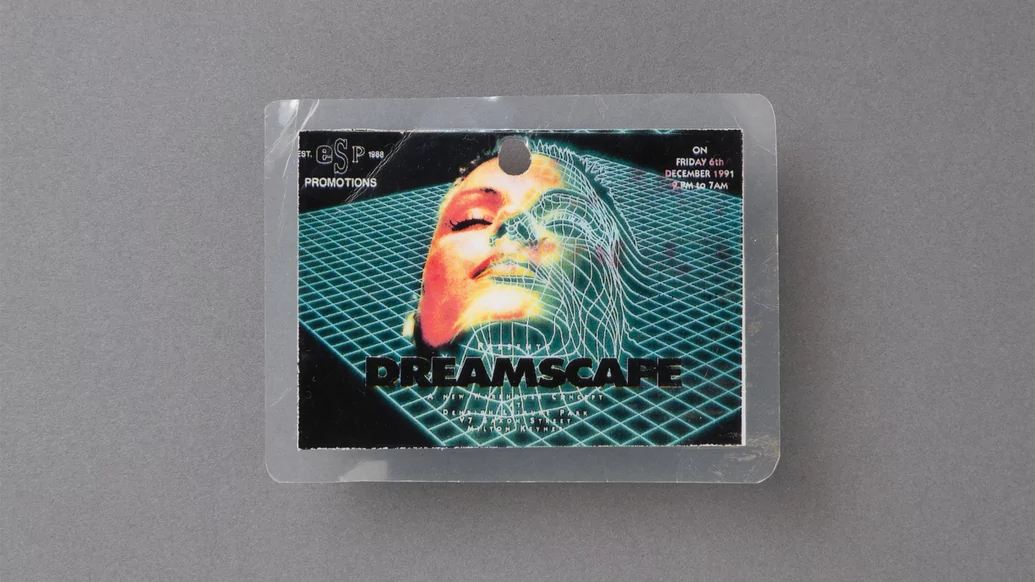
“From the moment I met Murray Beetson [co-founder of Dreamscape] until his sad passing, it was like a rollercoaster. Many, many highs with a few lows to test us. We packed so much in, in that short time. We never knew we were writing history; we were just two mates doing mate’s things. Rest in peace Murray, until we meet again, sleep tight.” — Jim Tang, Dreamscape

“Welcome to the ’90s — the party started in a car park or a petrol station, then we came together on the dancefloor to raise our hands in celebration. Music was our religion, the dancefloor our altar, and the DJs our high priests and priestesses. The party never ended; you’d find yourself in a flat or a house somewhere for ‘an afters’ — you didn’t remember how you got there, but could get there on autopilot next time. Our jeans and jacket pockets were filled with phone numbers and memories shaped like flyers. Next week we’d start all over again. Welcome to the ’90s, where lifelong friends and history were made.” — DJ Paulette, The Haçienda resident

“The event held at Coventry Eclipse was the first art exhibition held at a jungle event. The exhibition had sculpture and original flyer artwork from the time. The event became packed, and we had to cut and run carrying the artwork over the crowds to escape. What a great time.” — Pez, Jungle Fever

“A cultural movement that would go on to change the world. Little did we know those hazy days of an underground acid house scene would eventually turn into the worldwide phenomenon of EDM. Getting one of these membership cards meant something really special. It was exclusive; you were part of a club, you were in the know, in with the ‘in-crowd’. You had arrived and joined a family of like minded people — all there for the love of music and this underground movement.
“Those times shaped me into the adult I am and without this music, I would probably never have visited the countries around the world I have and made friends across the globe. This whole movement was an honour to be part of, and I am proud of what it has achieved through the years — and the amount of enjoyment it has brought to people everywhere. I still have some of my membership cards from those days and I treasure them as if they were pieces of gold.” — DJ Phantasy
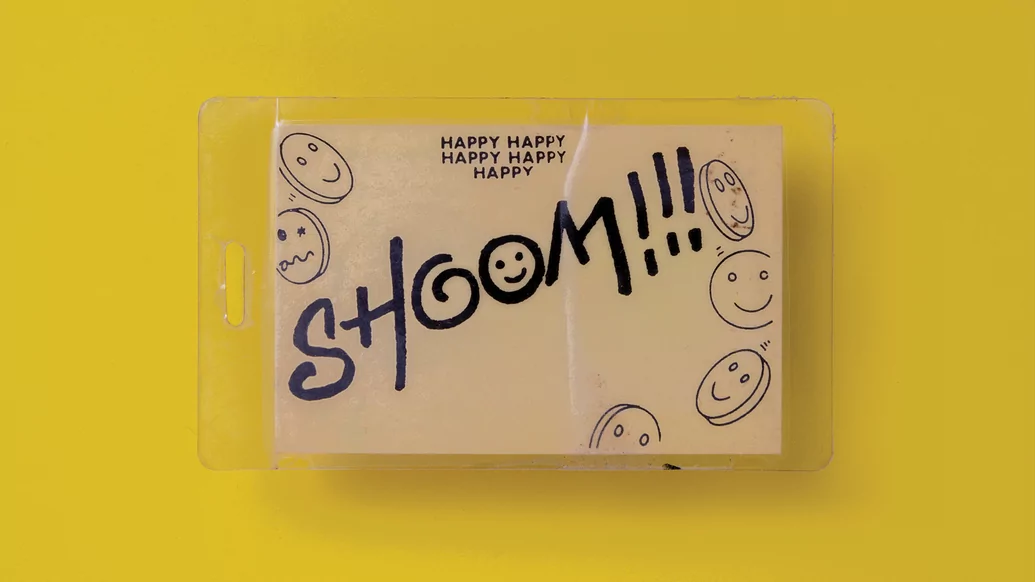
“Shoom set the precedent for the acid house and rave scenes, it was two incredible summers of love in ’88 and ’89. It was the wild, free, colourful, inclusive and hedonistic protagonist in the acid house story. We collectively shaped a movement comparable to the ’60s hippy movement. Peace, love, unity and happiness was at its core. We deconstructed the old ways and taboos and brought new fresh energy that had a profoundly positive effect on people’s lives. We changed our world and shaped our own utopia, where music, art and fashion melded together. We had the time of our lives. The energy was spiritually-charged and overflowing with joy, empathy and creativity.” — Danny Rampling, Shoom

“Across the two seminal ‘Summers of Love’ of ’88 and ’89, a sea change in clubbing, nightlife and partying took place for hundreds of thousands of people in the UK. As that ‘new dawn’ arrived on the nightlife landscape of London and the UK, it became clear pretty quickly: nothing would ever be the same again.
“In the spring of ’88 as the very first clubs and underground party nights playing the new sound of acid house began to randomly spring up, they were, for most people, completely off the radar and, as such, there were literally only a few hundred of us in regular attendance. The new niche sound had found its audience.
“You’d see all the same faces showing up night after night at different locations across London. A mobile community of clubbers, if you will, began to emerge and we kept one another verbally in the loop of where to go next. It was a unique time and it was beautiful, special and kind of like a ‘secret club collective’ for those of us lucky enough to have found our way into it back then.” — Anton Le-Pirate, World Dance
You can buy Members Only: The Iconic Membership Cards And Passes Of The Acid House And Rave Generations at velocitypress.uk

